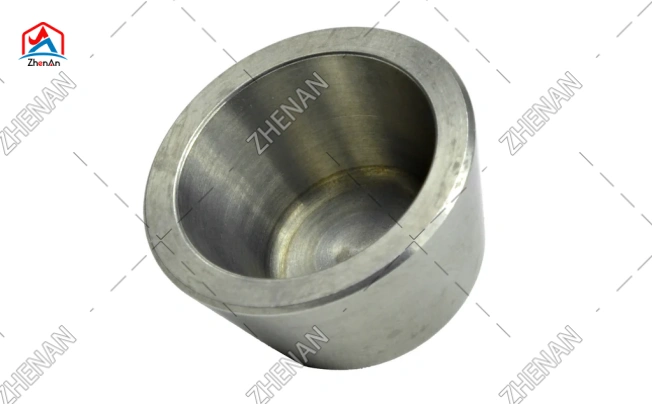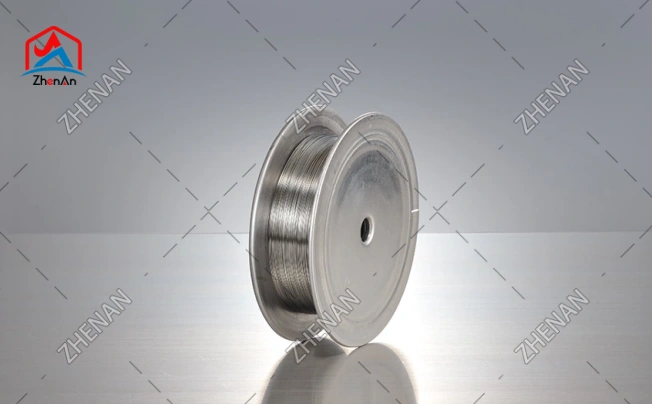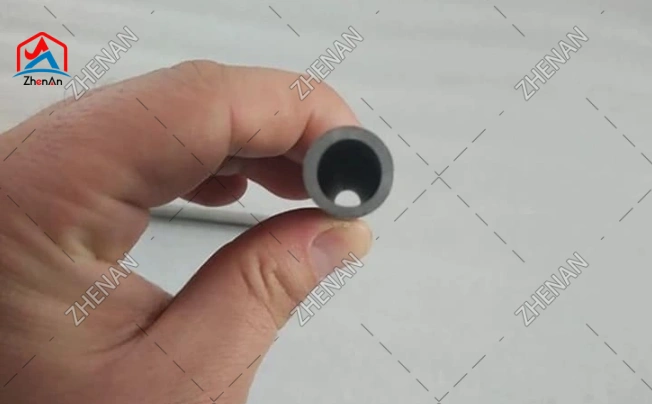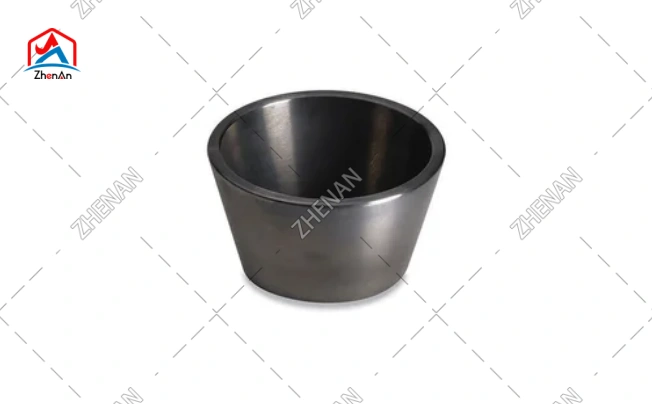1. Raw material preparation: from tungsten ore to tungsten powder
Tungsten ore mining and beneficiation
Tungsten ore is mainly scheelite and wolframite, which are obtained through open-pit or underground mining.
Beneficiation: impurities are removed by gravity separation, flotation and other methods to obtain high-grade tungsten concentrate
Purification of tungsten concentrate
Alkali decomposition: scheelite generates soluble sodium tungstate; scheelite is sintered at high temperature to convert into sodium tungstate.
Acid neutralization: ammonium metatungstate precipitate is generated, filtered and dried.
Reduction to tungsten powder
In a tubular reduction furnace, hydrogen is used for reduction in two steps.
2. Pressing and sintering: making tungsten billets
Powder pressing
Tungsten powder is mixed with a small amount of forming agent, loaded into a steel mold, and molded into a tungsten billet with a diameter of 3~20mm by molding (pressure 50~200MPa).
Purpose: to give the billet initial strength for subsequent processing.
Sintering densification
Pre-sintering: In a hydrogen atmosphere, heat at 1000~1300℃ to remove the forming agent and form a preliminary metallurgical bond.
High-temperature sintering: In a vertical melting furnace, a large current is passed to make the billet Solid phase sintering at 1500~3000℃, atomic diffusion fills the pores, and the density can reach 85%~95% of the theoretical density.
Key: Sintering temperature and time determine the grain size and density of tungsten bars, affecting subsequent processing performance.
3. Plastic processing: from billet to filament
Tungsten's high melting point makes it impossible to form by melt casting, and it needs to be gradually refined by cold processing + annealing:
Rotary forging
The sintered tungsten bars have high hardness and low plasticity. First, a rotary forging machine is used for multiple forgings at room temperature (300~800℃) to reduce the diameter from 10~20mm to 2~5mm, while crushing coarse grains and improving plasticity.
Wire drawing (multi-pass drawing)
Lubricant: Graphite or molybdenum disulfide is commonly used to reduce friction and cool the mold.
Wire drawing die: Made of cemented carbide or diamond, the aperture is gradually reduced.
Intermediate annealing: After each drawing pass, Annealing in a hydrogen atmosphere at 600~1000℃ eliminates work hardening and restores plasticity.
Final size: can be made into fine tungsten wire with a diameter of 0.01~1mm, used in light bulbs, electronic devices, etc.
As a professional metal product manufacturer and supplier in China, we can meet customers' customized needs for products. If you still have questions about the product, please contact us and we will give you the most accurate answer within 24 hours~






